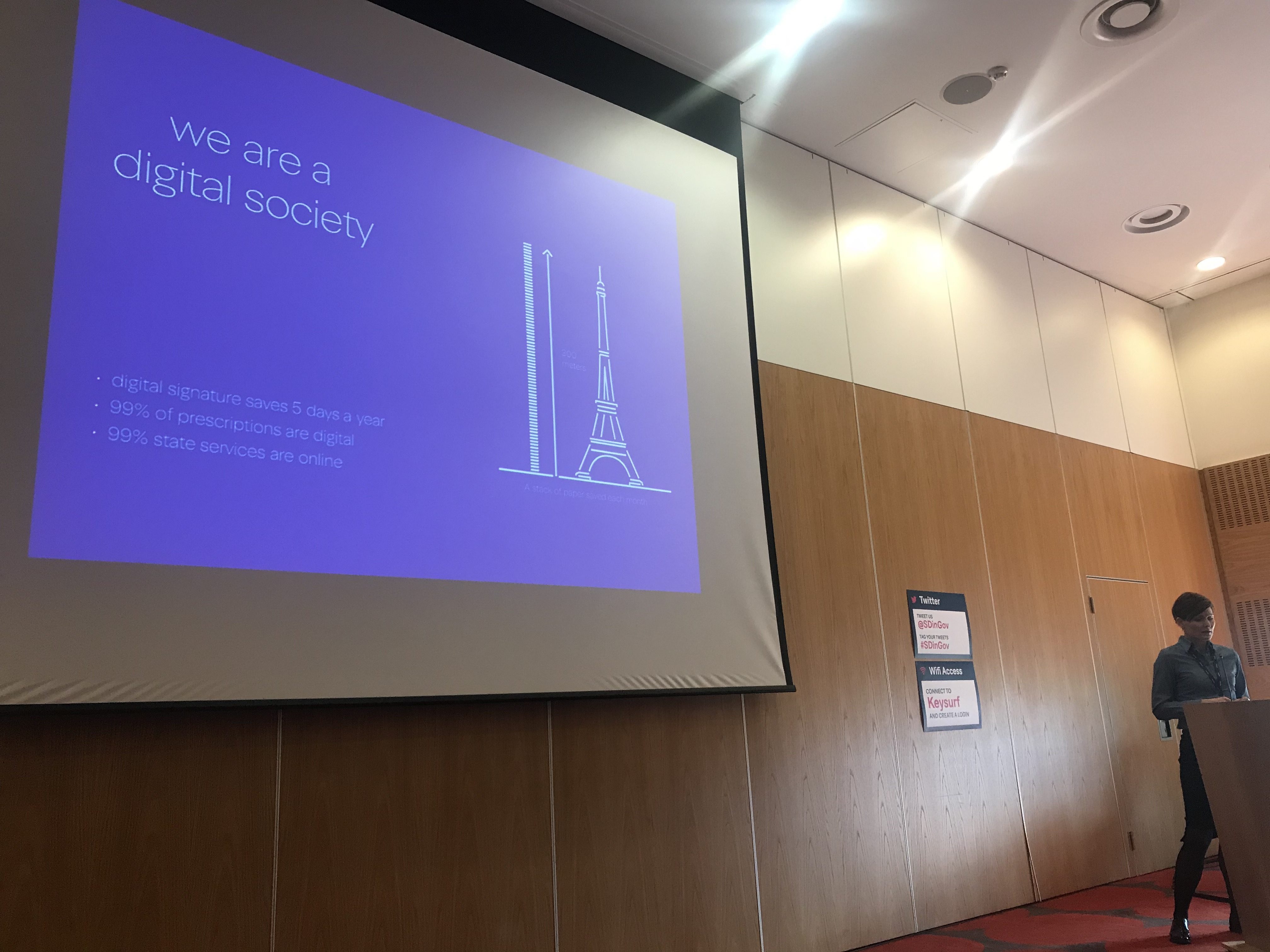How should delivery support and enable service design?
I’m at Service Design in Government, the annual conference that brings together people that are involved in designing and delivering public services. As a delivery manager, I’m here to not only meet some new people and find out about new tools or techniques dxw can use on projects. I also want to learn from others who are in a similar role to mine, and how they support and enable their teams to deliver great services.
For example, how can delivery managers better support designers and researchers to build great services? How can we make the best working environment for our teams to do their jobs? What can we do more of to increase collaboration amongst different teams or organisations to deliver services that meet user needs?
Insights from international governments
I spotted on Twitter that 22 countries are represented at the conference this year. This made me super keen to get myself along to a talk where I can learn more about how other governments are transforming public services.
I was inspired by a session led by Katre Savi, Head of Public Sector at the Estonian Design Center. In her case study, she talked about the design-driven innovation programme being run by the Ministry of Interior to tackle a small subset of the biggest problems facing Estonia. Her team adapted a well-known design sprint frameworkto run a series of pilots looking at 8 problems, from paperless voter’s cards to a knowledge management system for government.

Each of the programmes lasted three days, moving between three phases; “discover”, “ideate” and “develop”. The most interesting takeaway for me, however, was not so much the outputs from this process, but how Katre and her team worked with a group of different government institutions and organisations to complete the project. Most of them were new to the user-centred, iterative way of working that was being championed by the design centre.
“The culture of innovation needs new processes and space to perform” – Katre Savi, Estonian Design Center
It’s a big part of a delivery manager’s role to work with people commissioning services (for dxw, that’s our clients) to ensure the team has the best environment to work in. It’s also equally important that teams have access to the right tools, information and capabilities they need to do their jobs. This often involves changing policies or processes to support this new way of working, so it’s been great to hear others at the conference share their experiences and the lessons they’ve learned on the way.
I think people in delivery and product roles are just as involved and invested in service design as other experts, like researchers, designers, and developers. It’s important that we understand the challenges and are able to support our colleagues to do their work.
I’m looking forward to the rest of the conference, which you can follow from Twitter @dxw and #SDinGov